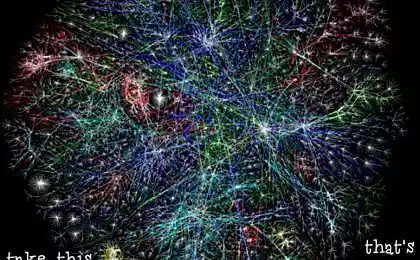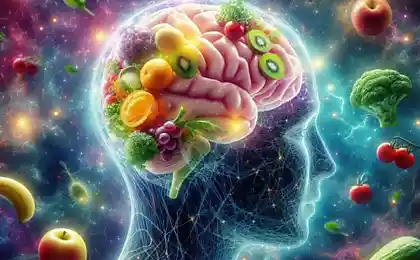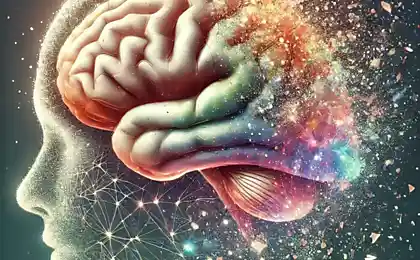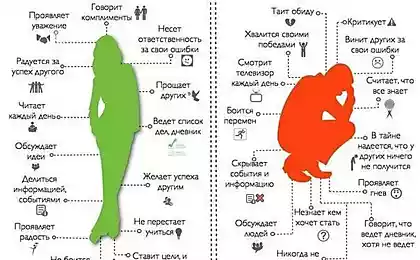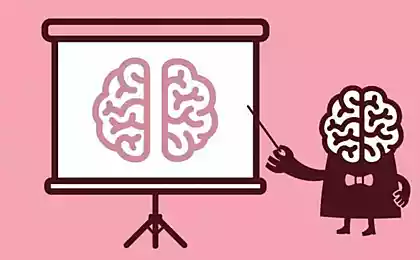406
The brain works like Twitter
Information flows in the brain and Twitter move similar obrazom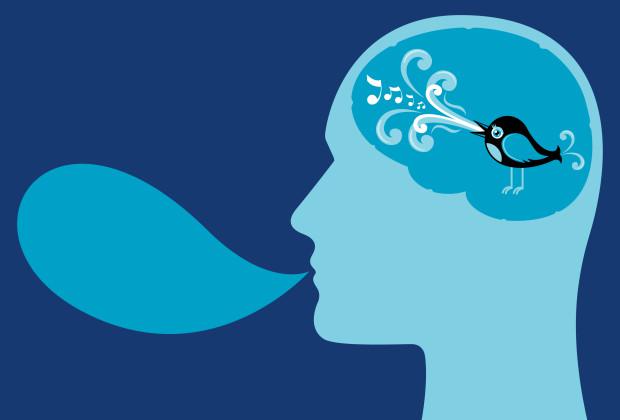
Brain - this is an extremely complex network of relationships, and, at first glance, it has little to do with Twitter. Researchers have developed a theoretical model presented recently at the annual meeting of the Society for Neuroscience, which shows that the flow of information between the neighboring regions of the brain, as well as between users of Twitter are mainly in one direction - this feature prevents the backflow of redundant information.

Neuroscientist Stefan Mihalas of the Brain Institute in Seattle and his colleague Michael Bucy compared three different types of networks: a network of brain regions of mice, a network of individual neurons free-living nematodes and the network of Twitter users. They wanted to know exactly how each node is connected to neighboring nodes.

All three networks have shown similar properties. For example, if in the brain region, and linked to the region B and region D is related to the area B, and A is related to B. The same is true for Twitter: If a user is reading A User B, and User B reads the user in , users A and B are likely to know each other.
In most cases, communication is two-way: in the brain of a mouse a few areas of the brain transmit information back. In the case of Twitter people with more followers read only a few of these people.
The directional nature of these networks makes sense. According Mihalas thus reduces unnecessary data redundancy.
via factroom.ru

Brain - this is an extremely complex network of relationships, and, at first glance, it has little to do with Twitter. Researchers have developed a theoretical model presented recently at the annual meeting of the Society for Neuroscience, which shows that the flow of information between the neighboring regions of the brain, as well as between users of Twitter are mainly in one direction - this feature prevents the backflow of redundant information.

Neuroscientist Stefan Mihalas of the Brain Institute in Seattle and his colleague Michael Bucy compared three different types of networks: a network of brain regions of mice, a network of individual neurons free-living nematodes and the network of Twitter users. They wanted to know exactly how each node is connected to neighboring nodes.

All three networks have shown similar properties. For example, if in the brain region, and linked to the region B and region D is related to the area B, and A is related to B. The same is true for Twitter: If a user is reading A User B, and User B reads the user in , users A and B are likely to know each other.
In most cases, communication is two-way: in the brain of a mouse a few areas of the brain transmit information back. In the case of Twitter people with more followers read only a few of these people.
The directional nature of these networks makes sense. According Mihalas thus reduces unnecessary data redundancy.
via factroom.ru
Recluse spider venom can dissolve the ear cartilage
Danielle Burton sees the world as if looking into a kaleidoscope





